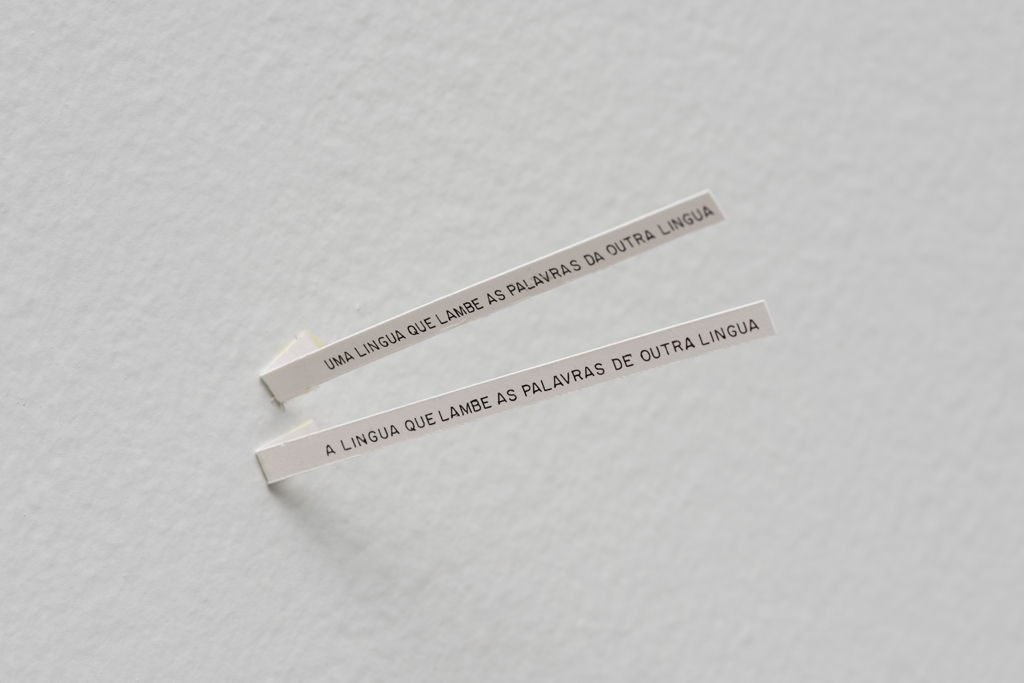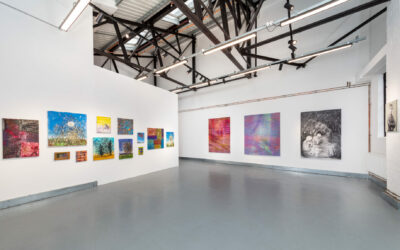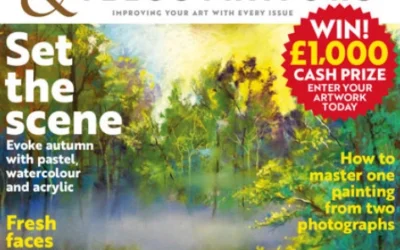By Giulia Damiani.
São Paulo is a fundamental hub for art events in Brazil and the wider world. The many permanent collections, galleries, the theatre shows and concerts at the local Sescs – the publicly funded institutions spread all over the city centre – make it a unique place to experience the arts in all its possible permutations. Several of the buildings that host cultural programmes were designed by prominent 20th-century architects such as Rino Levi, Oscar Niemeyer and the ingenious Lina Bo Bardi; the structural charm of buildings such as the MASP Museum created by Bo Bardi gives each context a further layer of interest. This constant buzzing takes place all year round, the following is a selection of some of the most compelling shows that are on at the moment.
At gallery Luisa Strina two separate shows are combined through their theatrical settings. The first room presents the second solo show of artist Bernardo Ortiz at the gallery. A central structure supports drawings and constellations of texts executed using graphite, ink and charcoal. On the walls philosophy, design and the drawing process are interwoven on carefully crafted surfaces. Ortiz is interested in the way time can be brushed against by using artistic methods that emphasise slowness and inaccuracy.
The title of the show Friction talks of the unavoidable imprecisions generated on hand-drawn works as opposed to the products of technological efficacy. The display structure focuses the attention on the two-dimensional nature of the work and on the notion of surface itself: this flat territory becomes a space where both vulnerability and polysemic language can intervene. One of the intents of the exhibition is beautifully condensed by a sentence printed on a small strip of paper sticking out from the wall, which says: A LINGUA QUE LAMBA AS PALAVRAS DE OUTRA LINGUA. The language that kisses, or licks, the words of another language. Every different process in the show, from the act of making itself to the lines of the drawings, succeeds in imprinting itself on the other forms of expression. The exhibition space is transformed into a complex container of criss-crossing reflections.
The videos in the corridor at Luisa Strina introduce to the other show at the gallery by renowned theatre polymath Robert Wilson. While the use of the screen makes visible his wide concerns in his work, from lighting to gesture and narrative, his drawings on paper in the second room are a surprising manifestation of his method. The exhibition Black and White shows the artist’s visions at different times during his imaginative efforts. Although they can be related to his theatre pieces, the drawings are powerful traces of a larger investigation in themselves.
Shifting to the medium of photography, the gallery Fortes D’Aloia & Gabriel presents together for the first time works by Robert Mapplethorpe and the Brazilian photographer Alair Gomes. The exhibition opens a dialogue between the two artists centred around a shared desire to transcend the conventional perception of the body. Sexuality is deconstructed by both although from two different angles. In Mapplethorpe’s photographs the body takes a sculptural quality, which is emphasised by the staged positioning of the people he portrays. Alair Gomes’ subjects are pictured in their natural spontaneity, yet the way they are framed and the repetition of the image allows the texture of their background to emerge. His series Sonatinas, Four Feet is especially interesting: Gomes photographed two young men exercising on the beach at Ipanema (Rio de Janeiro) from his apartment, using a telephoto lens.
Ideas of masculinity and intimacy, of hedonism and pleasure are conveyed through the subjects’ unaware geometric compositions and their relation with the public.
The body is also at play in Luiz Roque’s exhibition Hall at Gallery Mendes Wood. In his short video from 2017 entitled Rio de Janeiro the tragic event of a fire in the city in 1978 sheds light on the tough side of reality, while at the same time suggesting pleasant and hopeful images. The nature of the city of Rio is evoked through a sensation of extravagance as well as of historical substance.
All in all, the spirit of Brazilian ‘antropofagia’, the ‘cannibalising’ of multiple cultures, still rings true: in São Paulo an overwhelming mixture of thinking and aesthetics comes together and is digested in its own distinctive way.
Photo credits:
View of the exhibition Friction by Bernardo Ortiz, Courtesy of Galeria Luisa Strina



